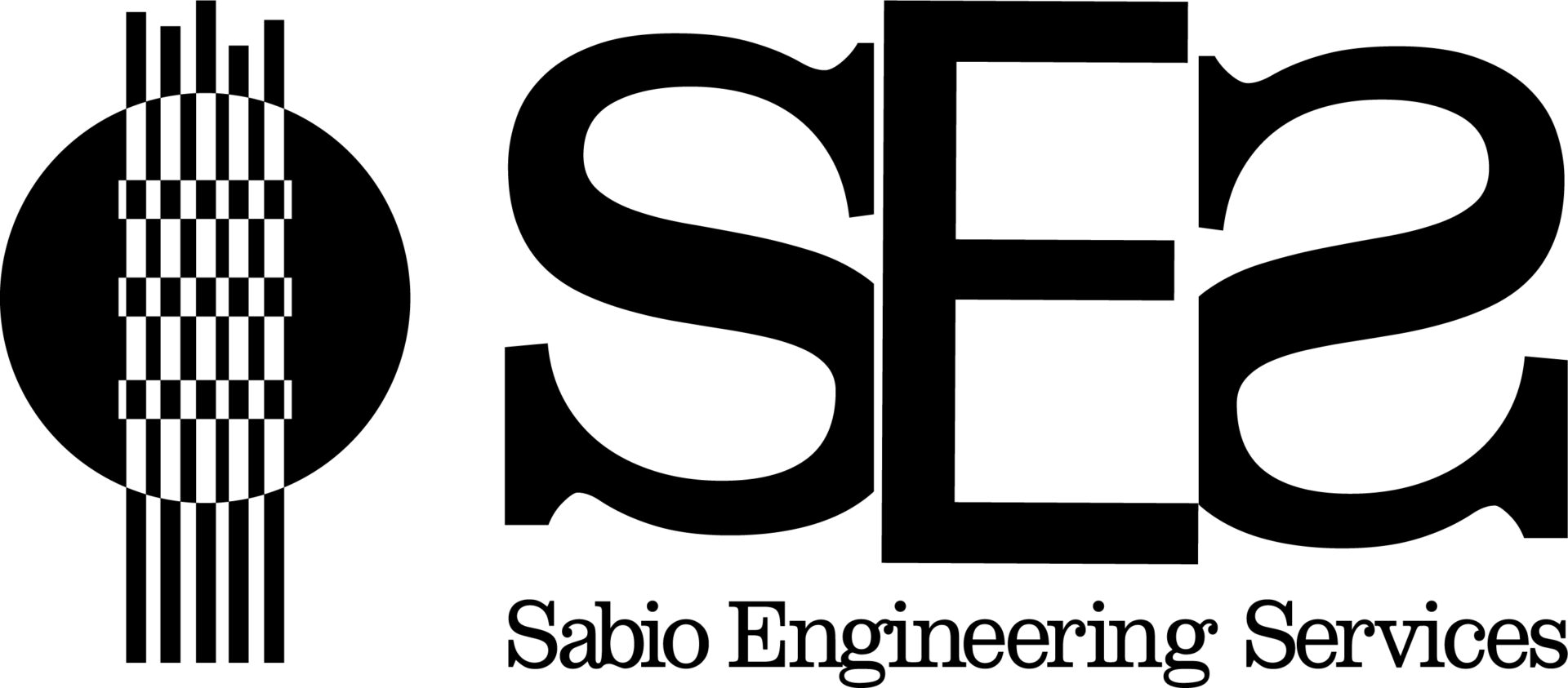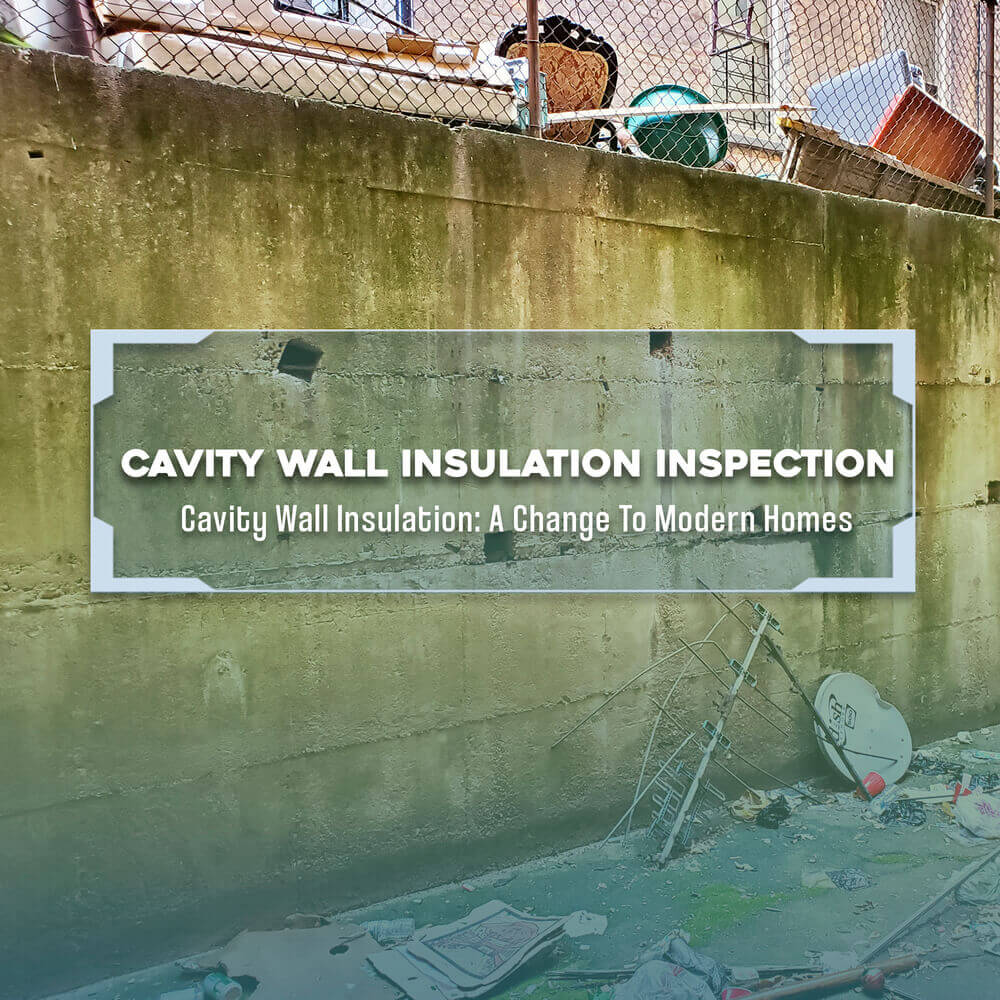If your home was built after the 1920s, chances are it’s got cavity walls. Additionally, if it wasn’t built in the last 20 years, then those cavities are empty. By filling these gaps, also known as cavities, could be a cost-effective way to retain heat in your home and help you save on energy bills. However, these cavities can also cause harm if they are not insulated properly or thoroughly. Moisture can enter those cavities and cause rotting of insulation and accelerated deterioration of the brick wall.
What is a Cavity Wall?
A cavity wall is made up of two separate, thin walls with a gap (or cavity) between them. These walls are usually built from brick and referred to as ‘skins’ or ‘leaves’. These walls are usually held together by metal wall ties. If you cannot tell whether you have a cavity, one clue could be looking at the size and positioning of the bricks. If the bricks are all the same size and are placed in the same position, then you have a cavity wall. However, if you don’t have a cavity wall, then every other brick will be faced in a different manner and size. Another way to check is the inspect windows and doorways. If a brick wall is more than ten inches in thickness, then it’s a cavity wall.
How to Inspect Cavity Wall Insulation
As previously mentioned, if your home was built in the last 20 years, then the walls were insulated when it was built. However, if you are not sure, there are other ways to know for certain.
When cavity wall insulation is installed, professionals will usually drill 1-inch holes at regular intervals. This is to ensure that the insulation is applied evenly throughout the entire cavity. Although these holes will be filled in, you should be able to see faint marks. Be careful not to confuse them with the marks left by an injected damp proof course, though!
An alternate way to know is by checking your attic. Wherever you suspect the cavity wall may be, you can usually see if there is cavity wall insulation spilling out along the top of the wall. This will either confirm or deny your suspicions, but if you see it spilling out, then you should hire a professional to clear it up and seal the wall.
When Cavity Wall Insulation is Suitable
When considering cavity wall insulation, there are certain criteria which need to be met. If you home has unfilled cavity walls made of brick, then insulation may be appropriate. The cavities should be at least 2 inches wide. It is also important to know whether the brickwork or masonry is in good condition. Be aware if the external walls are accessible. If some are joined to a neighboring house, then the professional will need to insert a cavity barrier. This can add significant costs and cause some reluctance on the part of the installer. Your home should be less than 4 stories tall. The internal walls of your home need to be dry. Wet wall insulation is far worse than no insulation, so if there are damp patches, you need to sort them out first. Lastly, there need to be no areas of steel or timber-framed construction.
If your home has met all the requirements that were listed previously, then it might be suitable to install cavity wall insulation. If you want to learn about how to inspect a brick wall, just read this article.
Do you have a cavity wall that needs to be inspected? Call Sabio Engineering Services at (929) 381-0300 or visit our website.
Sabio Engineering Services


